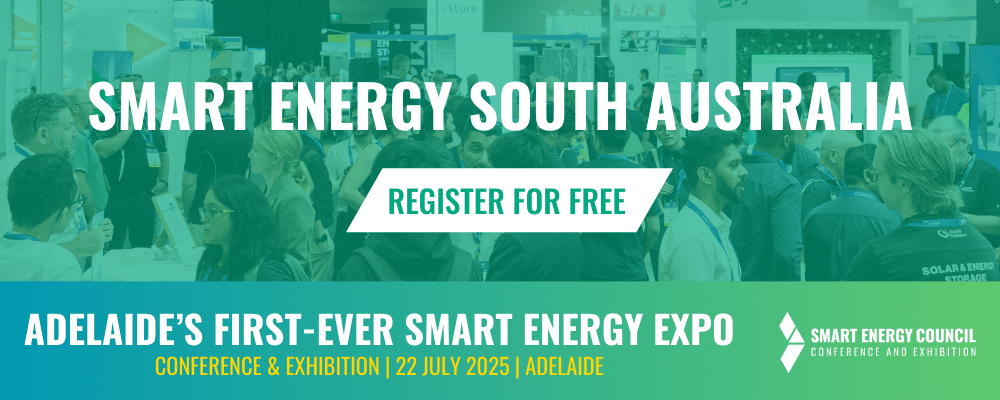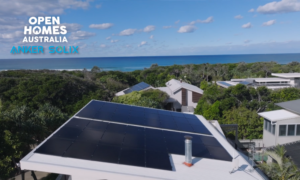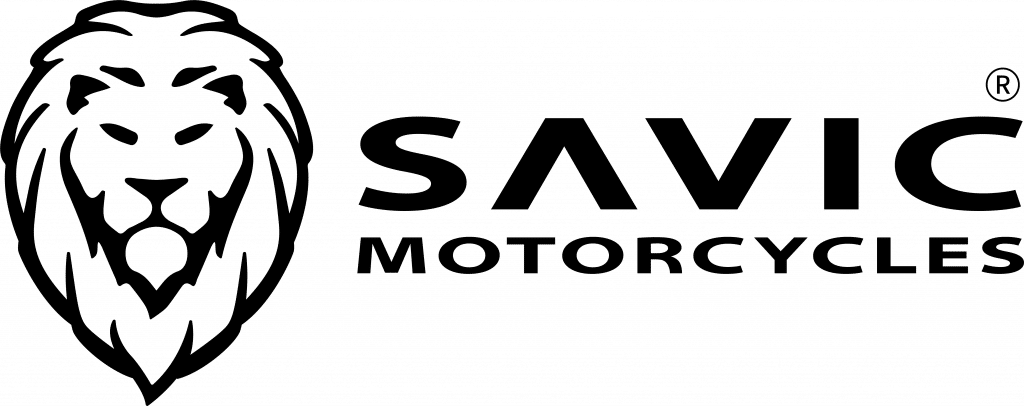Fraunhofer ISE has set a new record efficiency for an n-type base silicon solar cell.
Most solar cells currently commercially available are manufactured from boron-doped p-type silicon; but phosphorus-doped n-type silicon is considered a superior material as it has the potential to achieve higher conversion efficiencies. An example of a module using a n-type silicon material is the Yingli Solar 270 Watt ‘Panda’ solar panel.
One of the challenges in reaching these higher efficiencies relates to the patterning scheme of the rear contact; a challenge that Dr. Stefan Glunz at Fraunhofer ISE says has now been overcome.
“We have now developed a simple rear contact without any patterning, with which we have achieved an excellent efficiency of 24 percent for an n-type solar cell,” he says.
Dr. Martin Hermle, Head of Fraunhofer’s High-Efficiency Silicon Solar Cells department, says the team developed a selective passivated contact that allows the majority carriers to pass and prevents the minority carriers from recombining.
Called “TOPCon” (Tunnel Oxide Passivated Contact), it’s an ultra-thin tunnel-oxide and a thin silicon layer. With the TOPCon structure, the entire rear area of the solar cell is in contact, while achieving excellent surface passivation and keeping resistance losses to a minimum.
The research work on the development of TOPCon contacts was supported by the Federal Ministry for the Environment, Nature Conservation and Nuclear Safety (BMU).
With a staff of more than 1200, Fraunhofer ISE is the largest solar energy research institute in Europe and the second largest in the world. Its founder, solar pioneer Professor Adolf Goetzberger, celebrated his 85th birthday last month. In 2009, the European Patent Office awarded Professor Goetzberger the title “European Inventor of the Year” for his life’s work.














































